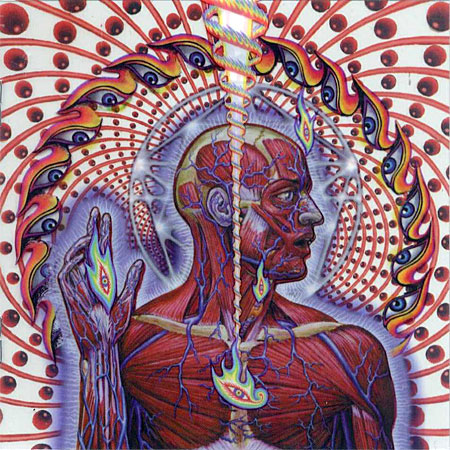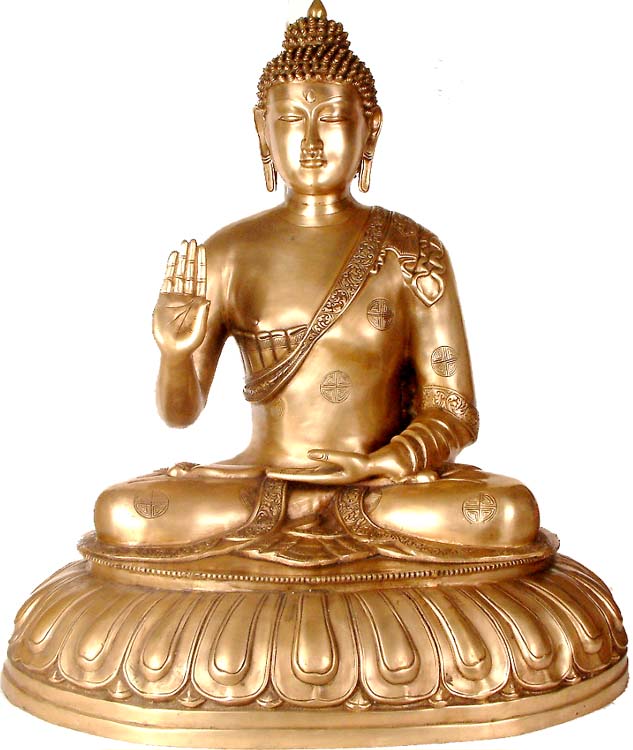Mudra:
A mudrā (English: /muːˈdrɑː/ ( listen); Sanskrit: मुद्रा "seal", "mark", or "gesture") is a symbolic or ritual gesture in Hinduism and Buddhism. While some mudrās involve the entire body, most are performed with the hands and fingers. A mudrā is a spiritual gesture and an energetic seal of authenticity employed in the iconography and spiritual practice of Indian religions and traditions of Dharma and Taoism.
One hundred and eight mudras are used in regular Tantric rituals.
In yoga, mudrās are used in conjunction with pranayama (yogic breathing exercises), generally while seated in Vajrasana pose, to stimulate different parts of the body involved with breathing and to affect the flow of prana in the body.
A brain research paper published in the National Academy of Sciences in November 2009, demonstrated that hand gestures stimulate the same regions of the brain as language.
The Abhaya mudrā ("mudrā of no-fear") represents protection, peace, benevolence, and dispelling of fear. In the Theravāda, it is usually made with the right hand raised to shoulder height, the arm bent and the palm facing outward with the fingers upright and joined and the left hand hanging down while standing. In Thailand and Laos, this mudrā is associated with the walking Buddha, often shown having both hands making a double Abhaya mudrā that is uniform. The mudrā was probably used before the onset of Buddhism as a symbol of good intentions proposing friendship when approaching strangers. In Gandhāra art, it is seen when showing the action of preaching. It was also used in China during the Wei and Sui eras of the 4th and 7th centuries. The gesture was used by the Buddha when attacked by an elephant, subduing it as shown in several frescoes and scripts. In Mahāyāna, the northern schools' deities often paired it with another mudrā using the other hand. In Japan, when the Abhaya mudrā is used with the middle finger slightly projected forward, it is a symbol of the Shingon sect.
The hamsa
(Arabic: خمسة , also romanized khamsa, meaning lit. "five") is a palm-shaped amulet popular throughout the Middle East and North Africa, and commonly used in jewellery and wall hangings. Depicting the open right hand, an image recognized and used as a sign of protection in many societies throughout history, the hamsa provides superstitious defense against the evil eye. It is also known as the hand of Fatima, so named to commemorate Muhammad's daughter Fatima Zahra. Following its incorporation into Jewish tradition via its widespread use in the Islamic world, it was also renamed the hand of Miriam for Miriam, the sister of Moses.
[http://en.wikipedia.org/wiki/Hamsa]











0 comments:
Post a Comment